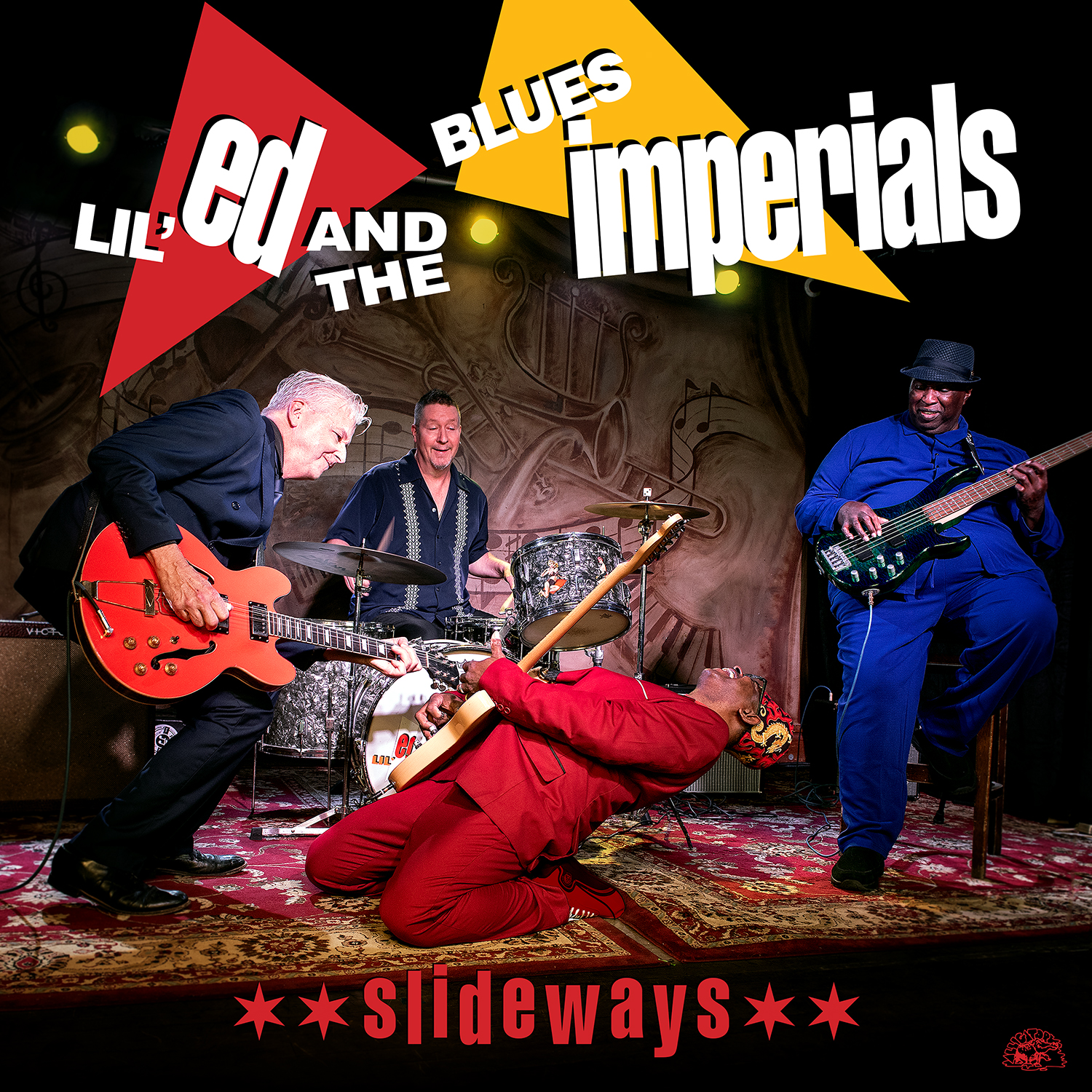My step-brother at the time, Johnno, went to school with Ben Gray and had already played on their Super Famicom. The Gray boys had a massive sell-off of their substantial collection of NES games to fund the new machine - and also a special type of television required to play a unit from Japan. Walking up to their house for the first time Johnno said to me “mate, you’re gonna love the Super Famicom”.
Upon entering we walked up a tight narrow staircase to the games room. The SFC was hooked up to a stereo system whereby the sound from the game was heard through hifi speakers. Obviously everything on the screen was in Japanese but clearly that didn’t matter.
Gradius III was inserted into the SFC and we watched the introduction - a dramatic Star Wars-esque scene of a starfighter being launched into space - with, most notably to me, a cinematic rock-fusion soundtrack that was also reminiscent of Aaron Copland’s Fanfare for the Common Man.
The quality of sound was like nothing like I had ever heard from the NES or any other home gaming machine.
This was mostly due to the special S-SMP audio chip within the console, designed and produced by Sony, completely independent from the rest of the system and far superior to other consoles at the time. That, and fantastic music from the Gradius III composers.
With the Australian arrival of the SNES the following year, my interest and admiration for video game music continued. Not every game had a brilliant soundtrack of course - but the highlights from my youth have been curated and reimagined here, for jazz orchestra.
Video game music is no longer an underground genre - these days symphony orchestras perform game music in front of audiences worldwide, and here in Australia one of my favorite podcasts is ‘The Game Show’, a weekly presentation of game music from a variety of platforms, old and new.
While the music of Koji Kondo (The Legend of Zelda, Super Mario World and many other Mario titles) is well known, I believe there are many hidden gems in the video game music world - Gamer is an attempt to shine a light on some of these.
Almost all of the game music I chose to arrange for this album is from the SNES library - by far my favorite platform of the 1990’s. The exception being the Amiga 500 version of Ghouls & Ghosts, music composed by Tim Follin - who in turn composed music for many SNES titles. I never played this version - I discovered it completely by accident while sifting through other game music on YouTube.
Unfortunately we were unable to get mechanical licenses for some of the arrangements that were to be featured on this album: additional music from Super Mario World, Gradius III and also The Legend of Zelda: Dungeon Theme. Had these arrangements been included, we would’ve had a total of 83 minutes of music. What we have here then is two-thirds of my original intention, around 57 minutes. If you’d like to see/listen to the charts that didn’t make the cut, they’re available on YouTube.
The writing process for Gamer began in 2017 - my process has always been slow & steady - but the initial spark was 22 years ago. It’s been a long time coming, I hope you enjoy this project.
|
|









Geen opmerkingen:
Een reactie posten